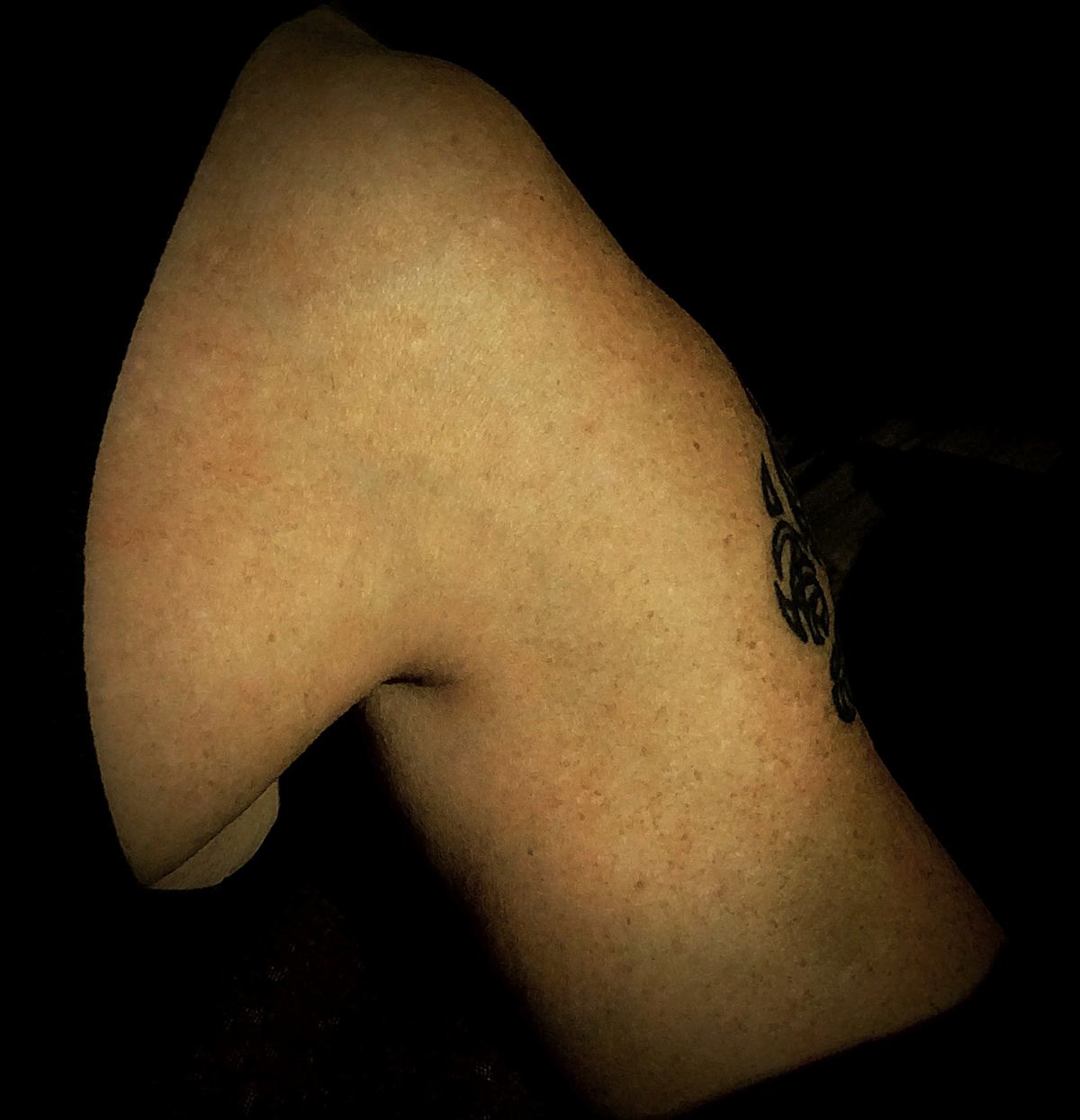
Introduction to shoulder tendonitis
This condition is known as rotator cuff tendonitis, shoulder tendonitis, shoulder impingement, tennis shoulder, or pitcher's shoulder. Since all these names tell us little but that this problem has to do with shoulders and that it affects tennis players and pitchers, let us define it. Shoulder tendonitis is an inflammation of the tendons in the shoulder. It is basically, irritation and swelling of the tendons located in the shoulder.
Shoulder anatomy
The shoulder joint is the joint that connects your arm to your torso. To allow for the incredible maneuverability of the arm, this joint has evolved to be of a ball and socket type. Purpose of the rotator cuff, which is affected by shoulder tendonitis, is to attach the head of the humerus (bone in the upper arm) to the scapula.
What causes rotator cuff inflammation?
This type of inflammation is usually connected with sports activities. Tendons of the shoulder muscles usually develop inflammation when the arm in question is frequently brought above the head. Such a position of the arm (or arms) is common in sports such as tennis, baseball (baseball pitchers use their hands in such a way), swimming (hands are placed above the head according to the longitudinal axis of the human body, not according to what we regard as horizontal or vertical) or bodybuilding, where weight is lifted over the head. Repeated stress by such types of movement causes inflammation and/or injury of the affected tendons and might even cause their tearing.
Symptoms and diagnosis
Symptoms include shoulder pain caused by movement of the arm, weakness in the arm if risen above the head, night pain in the affected shoulder. Inflamed or torn tendon can be detected by MRI or an X-ray scan.
Surgery
Typically, initial treatment of rotator cuff tendonitis uses conservative approach, such as physical therapy aimed at strengthening the muscles of the rotator cuff, if there is no tear in the rotator cuff. Presence of tear or failure to benefit form the therapy are usually prerequisite for the surgery. Arthroscopic surgery, which is used to remove the bone spur and inflamed tissue around the shoulder is preferred method for this kind of surgery. Even small tears can be treated with this method, but larger tears require open surgery for reparation. Once the recovery period is complete, functionality of the arm returns to pre-injury levels of movement ability.


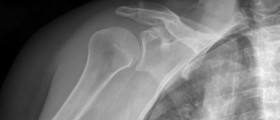
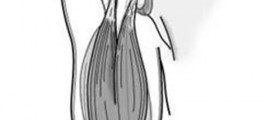


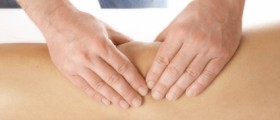
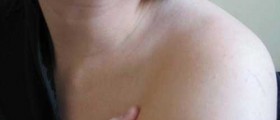



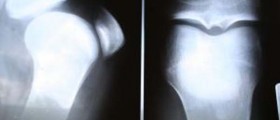
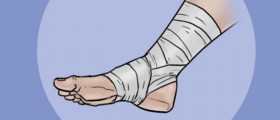
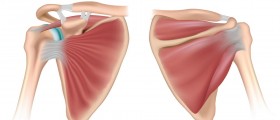
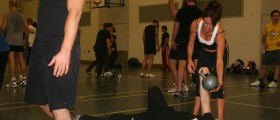
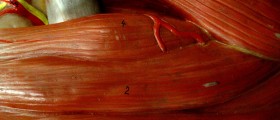
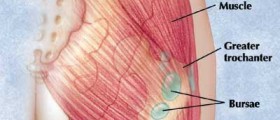
Your thoughts on this
Loading...